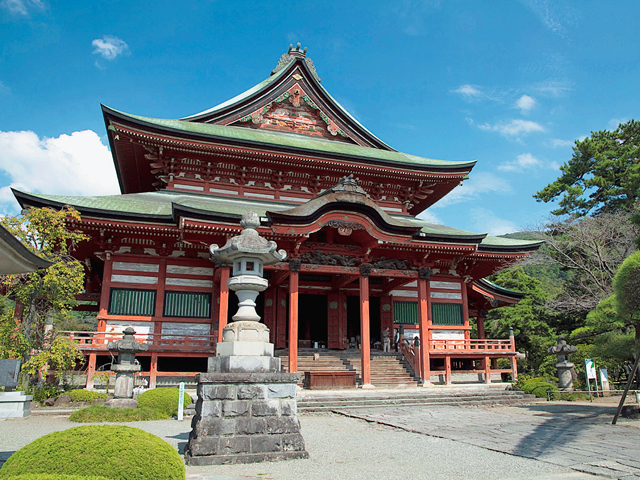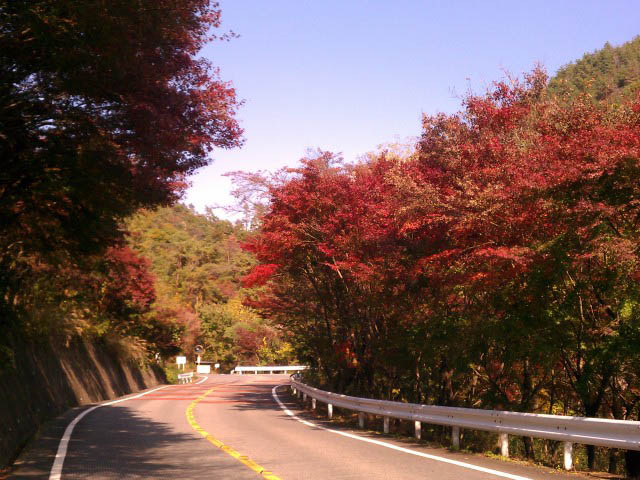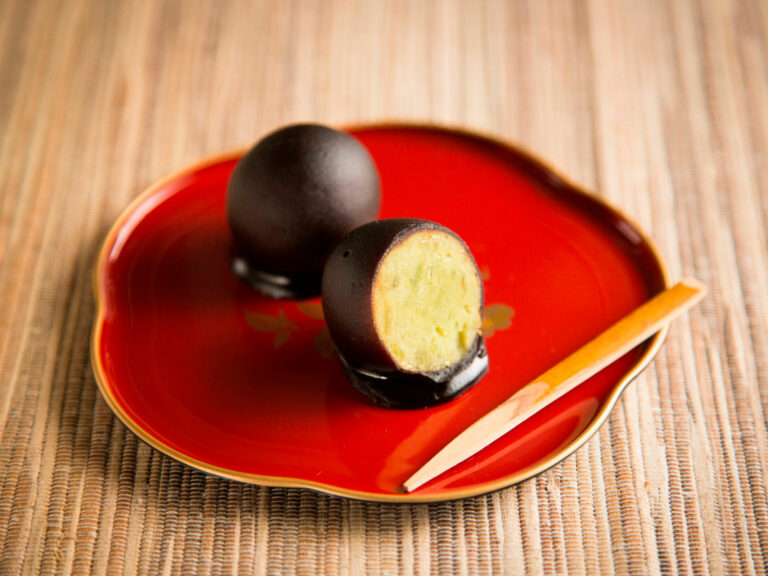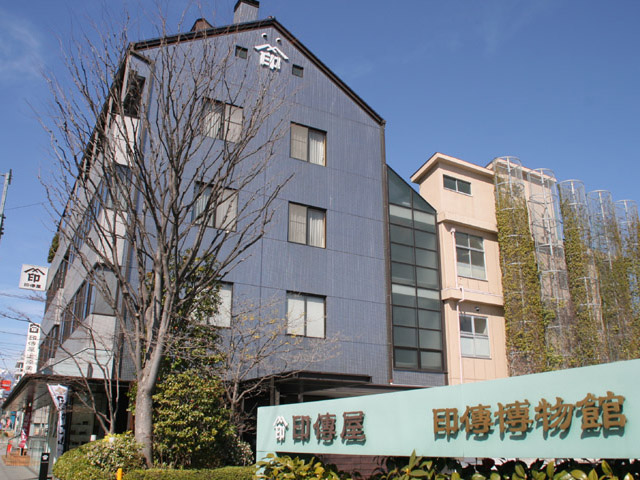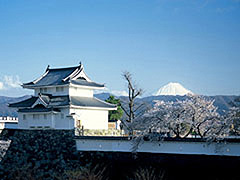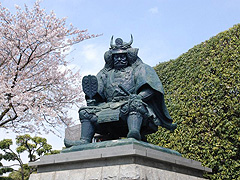Golden Shrine
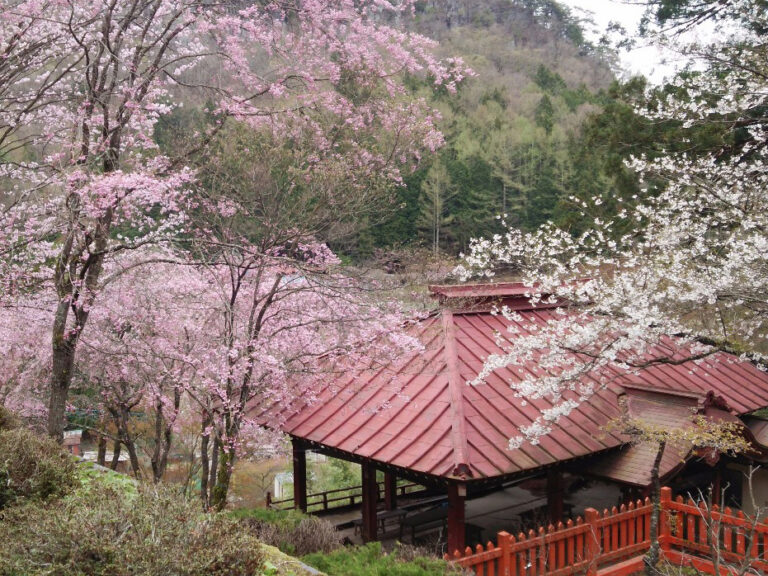
The shrine, which has a large roof, is graceful, and the building painted in vermilion is reflected in the green trees in the background. The sacred treasure is a crystal "fireball, water ball". In late April, the sacred tree [Ukon] cherry blossoms on the precincts give rare golden flowers. It is said that if you pray for the lifelong protection of crystal in front of Ukon cherry blossoms, you will be blessed with a lifetime of money.

